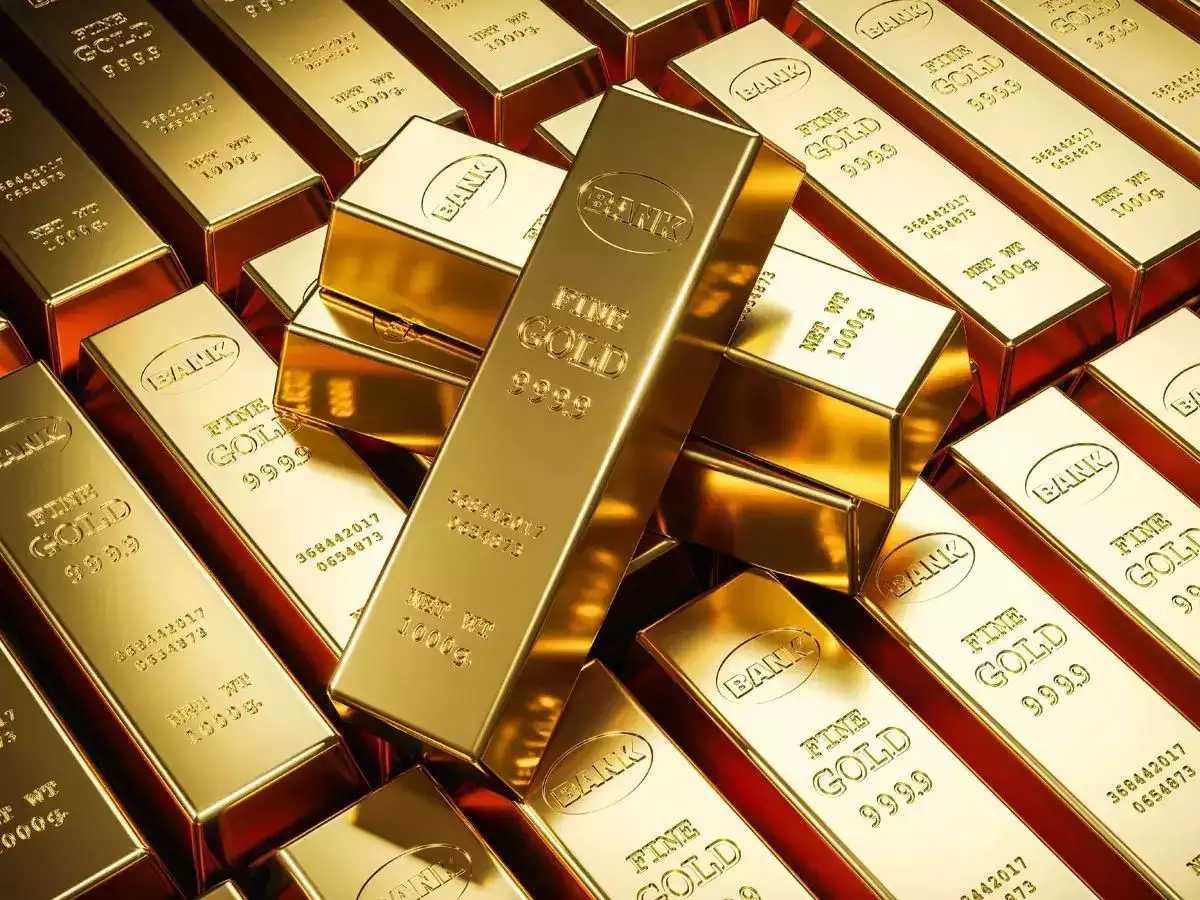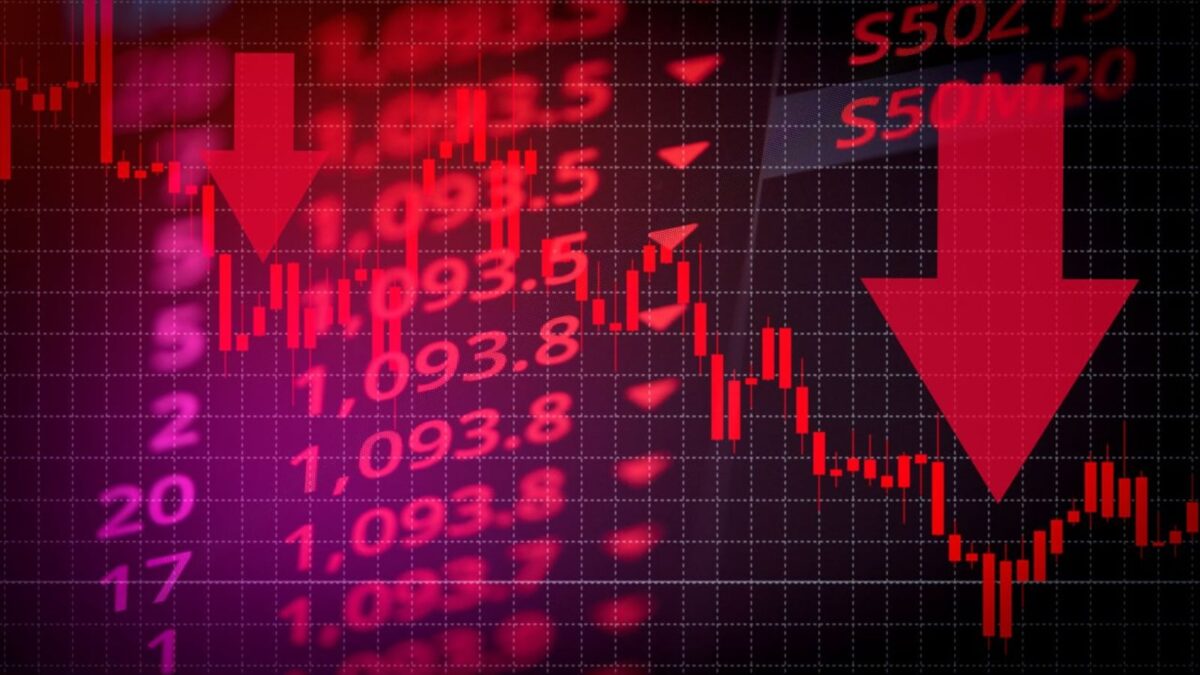Gold prices have been on fire.
At the time of writing this on February 11, the price of the yellow metal was $2,913 per ounce (which equals 31.1 grams). Gold is bought and sold internationally in US dollars.
From December 31 to February 11, the price of the yellow metal has gone up by 11.6% in dollar terms. In rupee terms, the gold price at the time of writing this, on BSE, was ₹85,635 per 10 grams. This implies a return of close to 13% during the course of this year. The gold prices across different cities seem to be higher than this, implying returns of even higher than 13% in rupee terms. This at a point when stock prices have been falling.
Now, this raises several points.
First, why have gold prices been on fire? The two word answer for that is Donald Trump, the US president. Trump has been taking a series of economic measures that he and his administration think will help the American economy. These measures have the potential for destabilising the global economy from where it currently is.
In such a scenario, many investors look at gold as a safe haven investment. This has led to money flooding into gold and thus driving up prices at such a quick pace.
Second, why are returns higher in rupee terms? The simple answer for that lies in the fact that the rupee has depreciated against the dollar in the last few months, and that has spruced up returns on gold in rupee terms.
Third, in order to understand the meaning of gold as a safe haven investment, one needs to understand what is known as the Lindy effect. The Lindy Effect basically suggests that the longer something has been around, the greater are its chances of continuing to exist in the days to come.
Or as Nassim Nicholas Taleb writes in Antifragile—Things That Gain from Disorder: “If a book has been in print for forty years, I can expect it to be in print for another forty years. But, and that is the main difference, if it survives another decade, then it will be expected to be in print another fifty years. This, simply, as a rule, tells you why things that have been around for a long time are not “aging” like persons, but “aging” in reverse.”
As he further writes: “Every year that passes without extinction doubles the additional life expectancy. This is an indicator of some robustness. The robustness of an item is proportional to its life!”
Now, how does this apply to gold and safe haven investing? Gold, a durable and non-perishable asset, has maintained its value for centuries. During times of uncertainty—whether political, economic, or financial—many individuals turn to gold as a reliable investment. It serves as a safe haven, a trusted refuge for preserving wealth. This practice of safe-haven investing has endured for hundreds of years, solidifying gold’s role as a timeless store of value.
So, given that gold has been looked as a safe haven of investment in the past, it will be looked as a safe haven in the future as well. This stems from the fact that gold was money across large parts of the world until paper money or fiat money became the order of the day.
Fourth, the media is currently flooded with stories on gold. Some stories have taken this opportunity to talk about having gold in the overall investment portfolio, in order to emphasise on the importance of diversification, that is not putting all eggs in one basket, when it comes to investing. There are other stories in the media which are asking the question: Should you invest in gold now? These stories miss the most important point, which is that investment portfolios need to be well diversified at all points of time, for the simple reason that no one can see the future coming with all clarity.
In the last few years, anyone who had money invested in gold, would have done much better by investing that money in stocks. But then the tide has turned over the last few months and gold has been doing well. There is no way of knowing these things in advance. The world is too complicated to be able to make these predictions confidently over and over again. Hence, talking about gold being important for diversification once gold prices have already run up quite a bit, and stock prices have been falling, doesn’t really achieve anything.
Also, trying to predict the future price of gold is a bit of a mug’s game, because there is no way to know for sure. That’s the long and the short of it.
Eqwires Research Analyst
Top-notch SEBI registered research analyst
Best SEBI registered Intraday tips provider
info@eqwires.com
Telegram | Facebook | Instagram
Call: +91 9624421555 / +91 9624461555
www.eqwires.com



